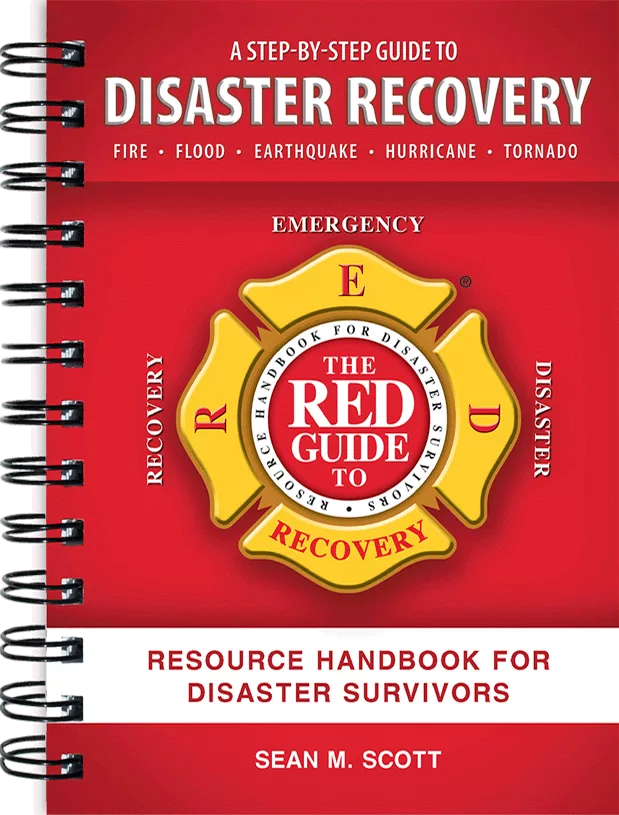“Flood House”: Disaster Team President Soaks, Restores Basement in Three-Day Span










1,500 gallons.
That’s the amount of water that Jason Brown, the president of Rainbow International’s Fairfield, N.J. location, estimates he pumped into his home’s basement on Sunday, Oct. 7. A basement that he says he paid $30,000 to refinish not many years prior.
Why did he do it? So he could dry it.
The idea originated at a franchise meeting between Brown and other Rainbow International area franchisees as a way to demonstrate, via a video presentation to potential new customers, the scope and drying techniques involved in their work. So instead of using a flood house for such purposes or asking a water loss customer if their work could be documented, the team decided that nothing would be as significant compared to flooding and restoring one of their own homes.
“We had the bright idea of flooding one of our own homes - obviously, I got the short end of the stick on that one,” says Brown, a four-year veteran of the restoration industry.
That brings us back to Oct. 7, when Brown, using a garden hose with 100-psi pressure, blasted 1,500 gallons of water into his 1,000 square foot basement. To make the scene as real as possible, nothing was removed from the basement or adjusted prior to flooding it. Brown says his wife didn’t even know about the team’s intentions until the day of the event.
“We were soaking couches, TVs, furniture,” he says. “I had the hose running down the ceiling. We soaked it down. VCRs, the cable box – it was no-holds barred, we were blowing stuff off the tables like the picture frames. Everything – kids toys, bean bags, electronic equipment.
“It was a real-life water loss. We did floors, walls and ceilings to make sure everything was soaked. We had it soaked to the point where we used an invasive meter and the sheet rock was wet at the center. Some areas had an inch of standing water in it.”
After the flooding came the restoration. The team started the way Brown says they always start – by bringing salvageable contents out of the basement.
“The larger stuff that would be difficult to bring outside, we left that in there,” he says. “We started extracting the furniture. Simultaneously, we had wands on the carpet and, since it has padding, used the extreme extractor as well. We did a good job of removing all the moisture and standing water on furniture. We did a water crawl around the perimeter.”
Contents that Brown called “iffy” were brought back to the Rainbow International of Fairfield’s contents cleaning room. He estimates that about 5% of the basements contents, which included the likes of a DVD player and other electronics, bean bag chairs and board games, were brought back the night of Oct. 7 and were dry and fully functional by the next day. “The DVD player works, the cable box works – you would never even know it had water on it,” Brown says.
Back at the house, the team set up one dehumidifier and positioned 11 air movers to dry everything in place and remove moisture from the air.
The basement took less than three days to dry, in total. As for the results, Brown says “Nothing is damaged, no wood is splitting, no trim is coming off the wall.”
As for the experience itself, Brown says he would do it again. Why? “Because I can dry it again.”
But Brown did make one thing clear in terms of offering his home for future restoration demonstrations:
“We’re not going to do a fire damage restoration,” he laughed.
Looking for a reprint of this article?
From high-res PDFs to custom plaques, order your copy today!














